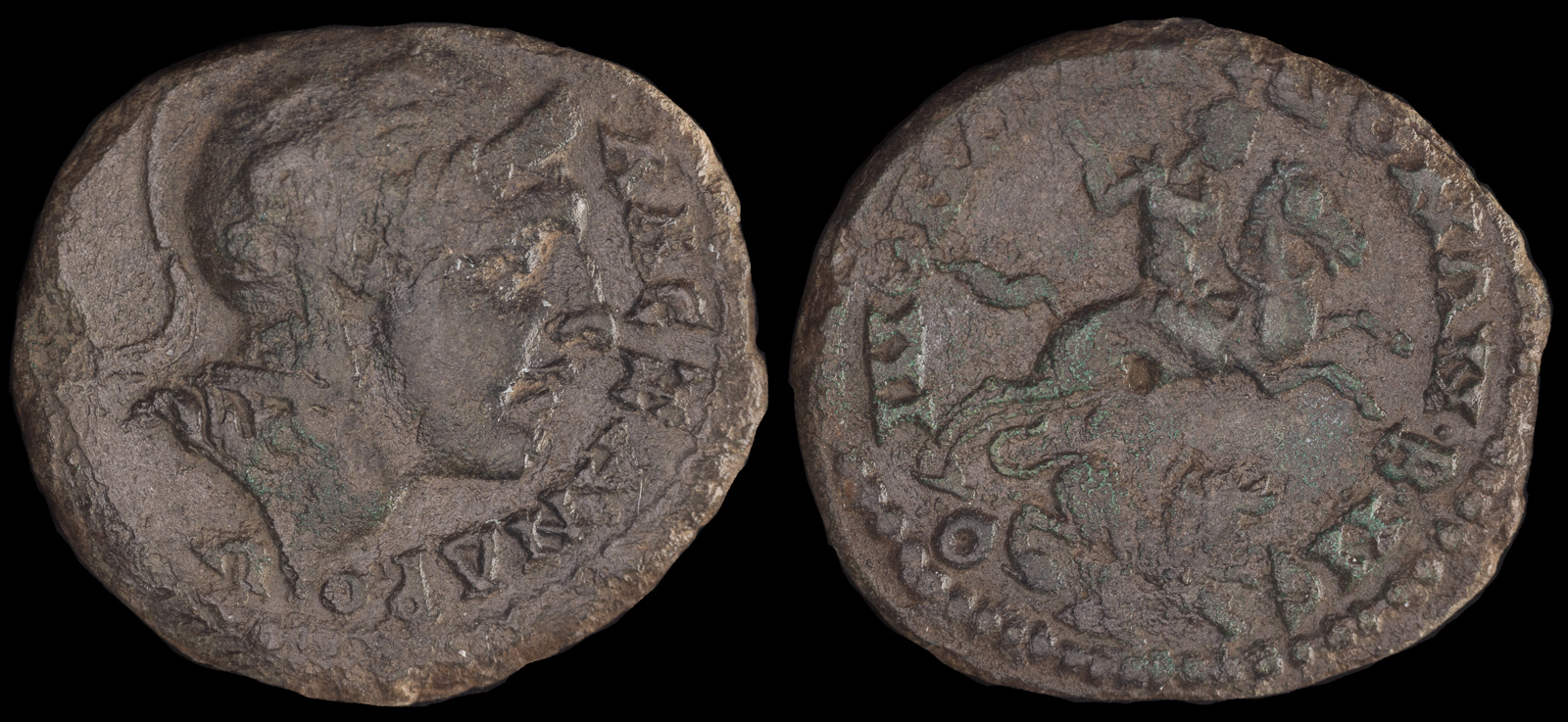Bucephalus
View All Tags
The story of how Alexander first came into possession of Bucephalus is famous and speaks to the young king’s courage and determination. When Alexander was just 12 years old, his father, King Philip II of Macedon, acquired Bucephalus, but the horse proved to be too wild and unruly for anyone to tame. According to legend, the young Alexander observed the horse’s behavior and noticed that Bucephalus was afraid of his own shadow. Demonstrating great insight, Alexander turned the horse toward the sun, so that the shadow would fall behind him, and then mounted him. Showing remarkable skill and bravery, Alexander was able to ride Bucephalus, an act that amazed those present. From that moment on, Bucephalus became Alexander’s faithful companion, accompanying him on his military campaigns and becoming a symbol of his heroic stature.
Bucephalus was not just a mode of transportation for Alexander; he was a key figure in many of the king’s military victories. The horse’s strength and speed made him an invaluable asset in battle. Bucephalus is said to have carried Alexander through some of his most decisive moments, including the famous Battle of Issus in 333 BCE against the Persian king Darius III. Bucephalus’ loyalty and prowess on the battlefield helped solidify Alexander’s reputation as an unstoppable conqueror.
The death of Bucephalus is a poignant moment in Alexander’s life. After many years of service, Bucephalus is said to have died in 326 BCE following the Battle of the Hydaspes against the Indian king Porus. Some sources suggest that Bucephalus died from old age or injury, though others speculate that the horse succumbed to the hardships of the long campaign and the harsh conditions. In honor of his beloved horse, Alexander named a city after Bucephalus, which he founded near the site of the battle. This act further emphasized the deep bond between the two, and Bucephalus was remembered as a symbol of Alexander’s enduring connection to his military success.

Alexander riding Bukephalos 238-244 CE
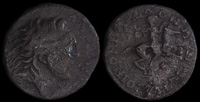
Koinon of Macedon 220-244 CE
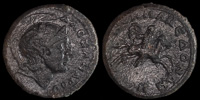
Koinon of Macedon 222-235 CE

Koinon of Macedon 222-235 CE
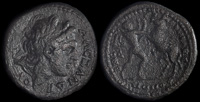
Koinon of Macedon 238-244 CE
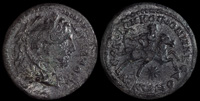
Koinon of Macedon 239-244 CE

Koinon of Macedon 239-244 CE
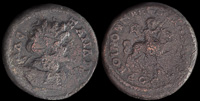
Koinon of Macedon 244-249 CE
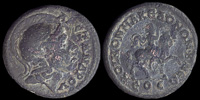
Koinon of Macedon 244-249 CE
